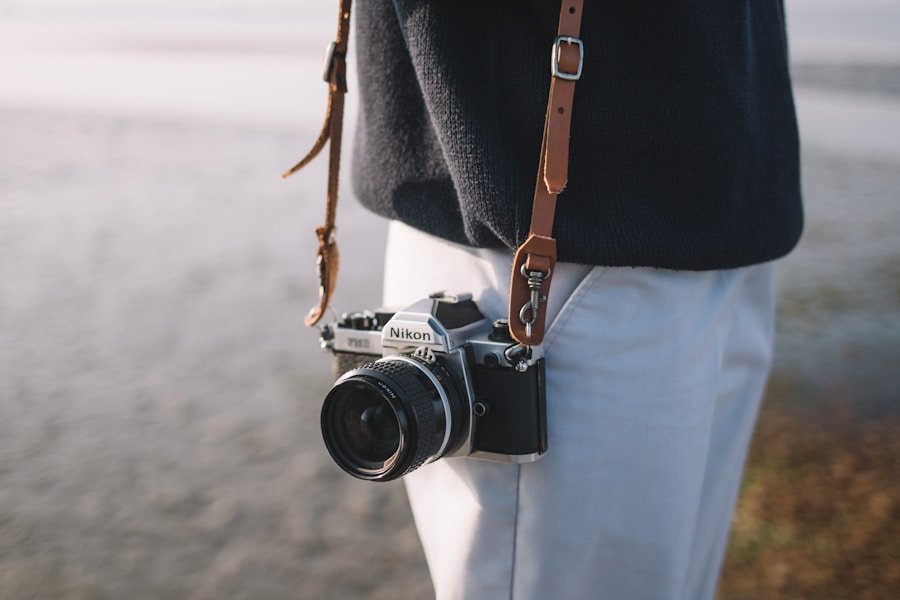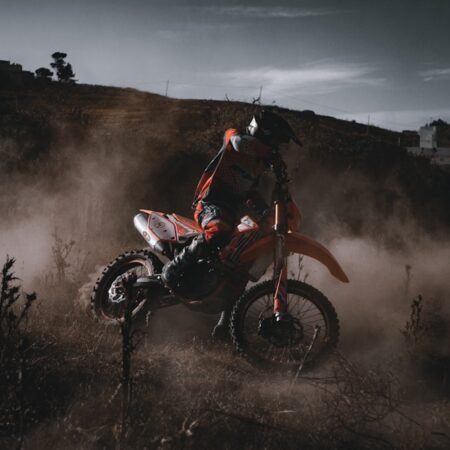Lenses are one of the most important components of a camera, as they determine the quality and characteristics of the images you capture. There are various types of lenses, each with its own unique features and uses. The most common types of lenses are prime lenses, which have a fixed focal length, and zoom lenses, which allow you to adjust the focal length. Prime lenses are known for their sharpness and wide aperture, making them ideal for low-light situations and portrait photography. On the other hand, zoom lenses offer versatility and convenience, allowing you to zoom in and out without changing lenses.
In addition to focal length, lenses also have different apertures, which control the amount of light that enters the camera. A wider aperture (lower f-stop number) allows more light to enter, making it ideal for low-light conditions and creating a shallow depth of field. On the other hand, a narrower aperture (higher f-stop number) lets in less light but provides a greater depth of field, making it suitable for landscape photography. Understanding the basics of lenses and their characteristics is crucial for photographers, as it allows them to choose the right lens for each situation and achieve the desired results in their images.
Exploring the World of Filters: How They Enhance Your Photography
Filters are accessories that can be attached to the front of a lens to modify the light entering the camera and enhance the quality of the images. There are various types of filters available, each serving a specific purpose in photography. One of the most common types of filters is the UV filter, which is primarily used to protect the front element of the lens from dust, moisture, and scratches. Additionally, UV filters can also reduce the bluish cast that appears in some images taken under daylight.
Another popular type of filter is the polarizing filter, which is used to reduce reflections and glare from non-metallic surfaces such as water and glass. This filter can also enhance the saturation and contrast of the images, making colors appear more vibrant and vivid. Additionally, neutral density filters are used to reduce the amount of light entering the camera, allowing for longer exposure times and creating motion blur effects in moving subjects. Understanding the different types of filters and their effects is essential for photographers, as it allows them to enhance their images and achieve specific creative effects in their work.
The Power of External Flashes: How They Improve Your Lighting
External flashes are powerful tools that can significantly improve the quality of lighting in photography. While built-in camera flashes can be useful in certain situations, external flashes offer greater control over the direction and intensity of light, allowing photographers to create more dynamic and professional-looking images. One of the main advantages of external flashes is their ability to provide off-camera lighting, which can be used to create more flattering and natural-looking light on the subject.
Additionally, external flashes can be used to bounce light off ceilings or walls, creating softer and more diffused lighting that reduces harsh shadows and highlights. This technique is particularly useful in portrait photography, as it can help create a more flattering and even illumination on the subject’s face. Furthermore, external flashes also offer the option to use different modifiers such as softboxes, umbrellas, and gels, allowing photographers to further customize and control the quality of light in their images. Understanding the power of external flashes and how to use them effectively is essential for photographers looking to improve their lighting techniques and create more professional-looking images.
Tripods: The Ultimate Tool for Stability and Composition
Tripods are essential tools for photographers looking to achieve stability and precision in their images. They provide a solid and stable platform for the camera, allowing photographers to capture sharp and clear images even in low-light conditions or with slow shutter speeds. Additionally, tripods also enable photographers to compose their images more carefully and precisely, as they can take their time to frame the shot without having to worry about holding the camera steady.
There are various types of tripods available, each with its own unique features and characteristics. Some tripods are designed for portability and lightweight, making them ideal for travel and outdoor photography. On the other hand, heavier tripods offer greater stability and support for larger cameras and lenses, making them suitable for studio or landscape photography. Understanding the different types of tripods and their uses is crucial for photographers, as it allows them to choose the right tripod for their specific needs and achieve better stability and composition in their images.
Camera Bags and Cases: Protecting Your Investment
Camera bags and cases are essential accessories for photographers looking to protect their gear and keep it organized while on the go. They come in various shapes, sizes, and designs, each offering different levels of protection and functionality. One of the most common types of camera bags is the shoulder bag, which is designed for easy access to gear while providing a comfortable way to carry it around. These bags typically have padded compartments and dividers to keep cameras, lenses, and accessories safe and organized.
Another popular option is the backpack-style camera bag, which offers greater comfort and support for carrying heavy gear over longer distances. These bags often have additional features such as adjustable straps, waist belts, and compartments for storing personal items alongside camera gear. Additionally, hard cases are also available for photographers looking for maximum protection against impact, moisture, and dust. These cases are typically made from durable materials such as aluminum or plastic and offer a high level of security for valuable camera equipment. Understanding the importance of camera bags and cases in protecting your investment is crucial for photographers looking to keep their gear safe and organized while on location or during travel.
Remote Shutter Releases: A Must-Have for Long Exposures and Self-Portraits
Remote shutter releases are essential accessories for photographers looking to capture long exposures or self-portraits without introducing camera shake. They allow photographers to trigger the camera’s shutter without physically touching it, reducing the risk of introducing blur or shake into the image. Remote shutter releases come in various forms, including wired or wireless options, each offering different levels of convenience and functionality.
Wired remote shutter releases typically connect directly to the camera’s shutter release port via a cable, allowing photographers to trigger the shutter from a distance using a handheld remote control. On the other hand, wireless remote shutter releases use radio frequency or infrared signals to trigger the camera’s shutter remotely without any physical connection to the camera. These options offer greater flexibility and freedom of movement for photographers looking to capture long exposures or self-portraits from a distance. Understanding the benefits of remote shutter releases and how to use them effectively is essential for photographers looking to expand their creative possibilities and capture more dynamic and professional-looking images.
Cleaning Kits: Keeping Your Gear in Top Condition
Cleaning kits are essential accessories for photographers looking to keep their gear in top condition and maintain its performance over time. They typically include various tools such as lens cleaning solution, microfiber cloths, sensor swabs, and air blowers, each serving a specific purpose in cleaning camera equipment. One of the most important components of a cleaning kit is lens cleaning solution, which is used to remove dirt, smudges, and fingerprints from the front element of lenses without causing damage or scratches.
Microfiber cloths are also essential for gently wiping away dust and debris from lenses, filters, and camera bodies without leaving behind lint or scratches. Additionally, sensor swabs are used to clean dust particles from the camera’s image sensor, ensuring that images remain free from spots or blemishes. Air blowers are also useful for removing dust from hard-to-reach areas such as camera crevices or lens barrels without causing damage or scratches. Understanding how to use cleaning kits effectively is crucial for photographers looking to keep their gear in top condition and ensure that it performs at its best in every shooting situation.
In conclusion, understanding the importance of lenses, filters, external flashes, tripods, camera bags, remote shutter releases, and cleaning kits is crucial for photographers looking to improve their skills and create professional-looking images. Each of these accessories plays a unique role in enhancing image quality, improving lighting techniques, providing stability and protection for gear, expanding creative possibilities, and maintaining equipment performance over time. By mastering these essential tools and accessories, photographers can elevate their work to new levels of creativity and professionalism while ensuring that their gear remains in top condition for years to come.








